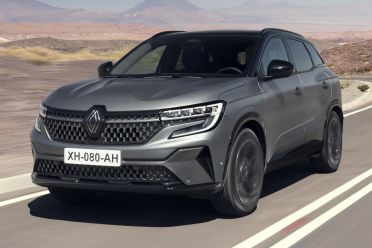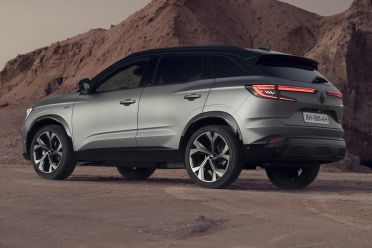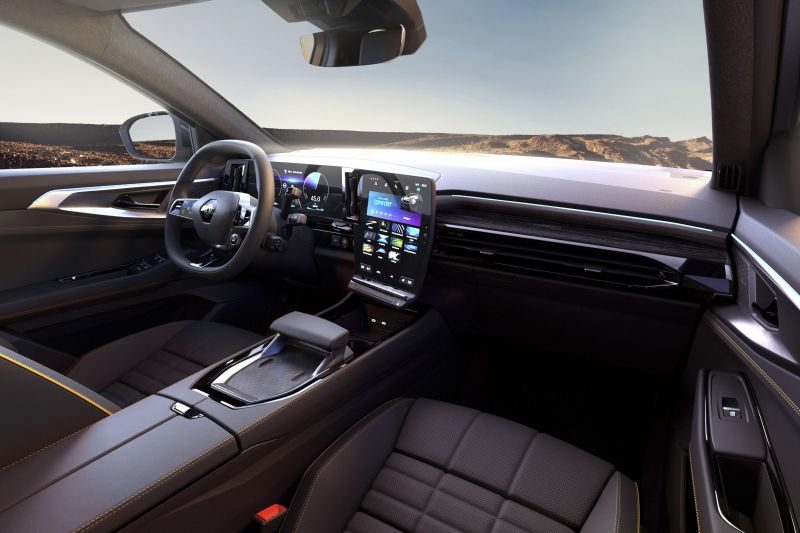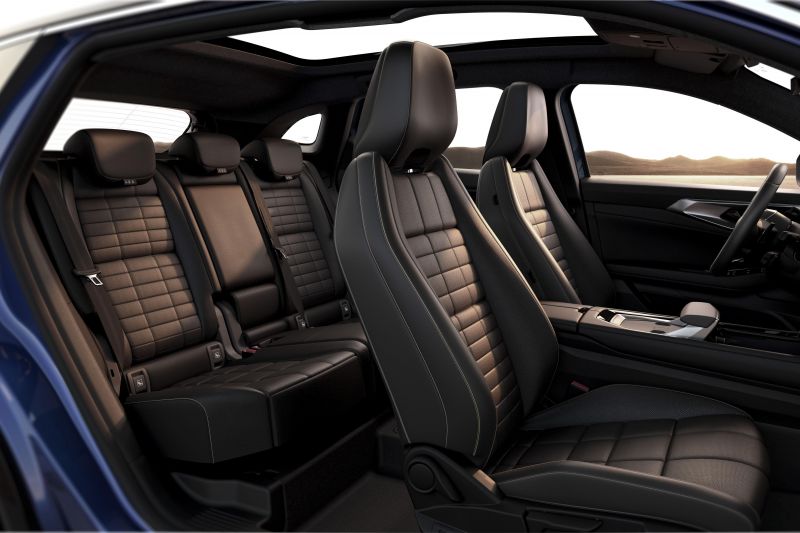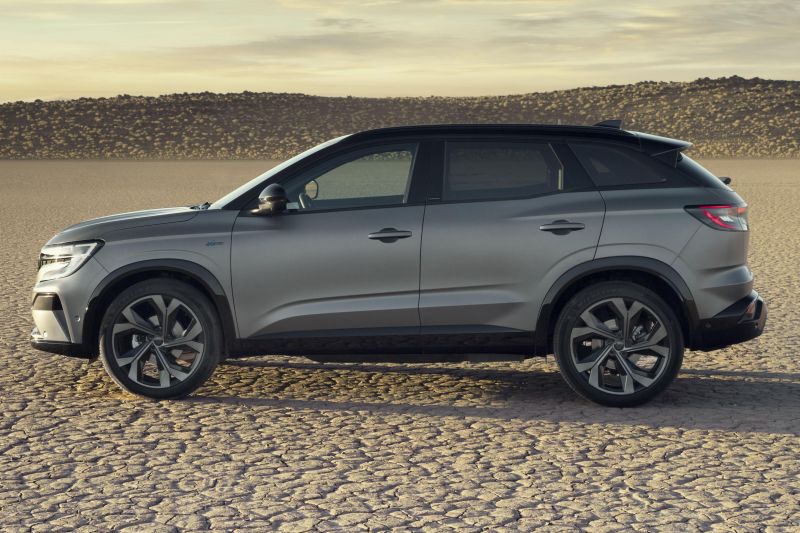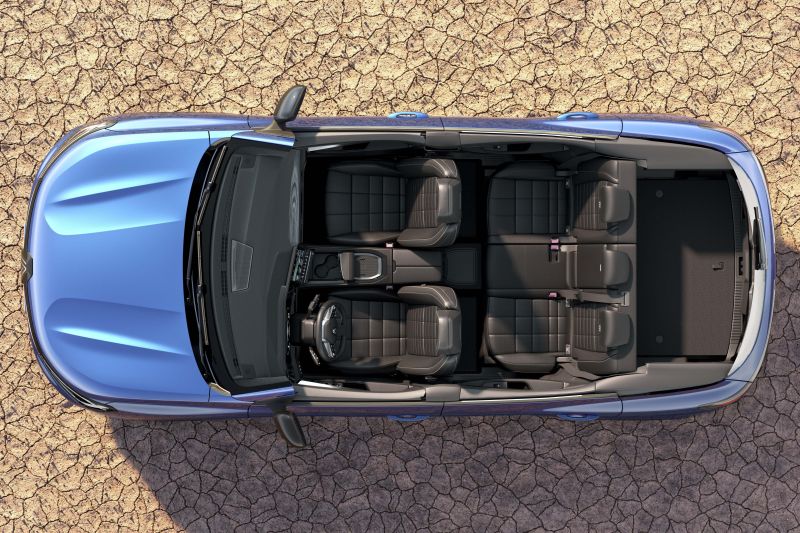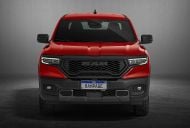Gone is the Kadjar and rounded styling, say hello to the sharper, edgier Renault Austral.
Unveiled overnight, the Austral will go on sale in Europe during the last quarter of 2022. Australian availability has yet to be confirmed.
A spokesperson for the local distributor says “we will be putting our hand up for any right-hand drive product and then evaluating it for our market”.
The new crossover is the first Renault model to ride on the Renault-Nissan-Mitsubishi Alliance’s third-generation CMF-CD architecture.
As part of Renault’s long-term strategy to make greater use of the Alpine marque, the Austral is the first vehicle to feature an Esprit Alpine trim package.
While Esprit Alpine versions of the Austral don’t have any extra power or torque at their disposal, they will look sportier thanks to grey 20-inch diamond-cut alloy wheels, a different grille treatment, black roof rails, and black instead of chrome trim pieces.
On the inside there’s blue stitching, faux suede upholstery, aluminium pedals, and a steering wheel covered in a mixture of Nappa leather and fake suede.
A Satin Shale Grey matte paint option is also exclusive to Esprit Alpine models.
On high-end grades, at least, the cabin is fitted with a 12.3-inch instrumentation display, a large, portrait-oriented 12.0-inch infotainment touchscreen that’s angle towards the driver, and a 9.3-inch head-up display projected onto the windscreen.
The new OpenR infotainment setup is based on the Android Automotive operating system, and has built-in Google Maps, Google Assistant voice recognition, and the Google Play app store. It supports over-the-air software updates, and can be hooked up to a Harmon Kardon sound system.
Top-spec models are available with four-wheel steering, which can turn the rear wheels up to 5 degrees, and reduces the car’s turning circle to 10.1 metres.
Renault claims the Austral has Level 2 self-driving ability thanks to its stop-and-go adaptive cruise control, lane centering, front and rear autonomous emergency braking, and lane departure prevention systems.
Other safety features include rear cross-traffic alert, a surround-view camera, blind-spot monitoring, automated parking assistant, and matrix LED headlights.
At launch the Austral is available with four drivetrain choices in Europe.
Headlining the range is a 146kW E-Tech Hybrid model with a 1.2-litre turbocharged three-cylinder petrol engine, a 1.7kWh battery pack, and “smart multi-mode clutch-less dog box” transmission.
Under the WLTP testing regime, the Austral Hybrid is expected to drink 4.6L/100km.
There’s also an “Advanced” mild-hybrid system pairing the same 1.2-litre turbo mill with a 48V lithium-ion battery and a starter motor. Said to have a total output of 96kW, this drivetrain is expected to have a fuel consumption rating of 5.3L/100km.
For those wanting a bit more grunt, but less efficiency, there’s a pair of 12V mild-hybrid powertrains featuring a 1.3-litre turbocharged direct-injection four-cylinder petrol engine.
This is available in 118kW/270Nm tune with a continuously variable transmission (CVT), which should have a rating of around 6.2L/100km. There’s also a 103kW variant with either a CVT or manual transmission.
The Austral is 4.51m long, 1.83m wide, 1.62m tall, and rides on a 2.67m wheelbase. This means the Austral is 60mm longer, 10mm narrower, 20mm taller, and has a 23mm longer wheelbase than the Kadjar it replaces.
With the rear seats upright, the mild-hybrid Austral has 500L of luggage space (VDA), but this drops to 430L in the Austral Hybrid, presumably because of the battery pack.
Mild hybrid variants with a sliding rear seat can enjoy up 575L of cargo space, while Hybrid models fitted with these pews can have up to 555L in the boot.





